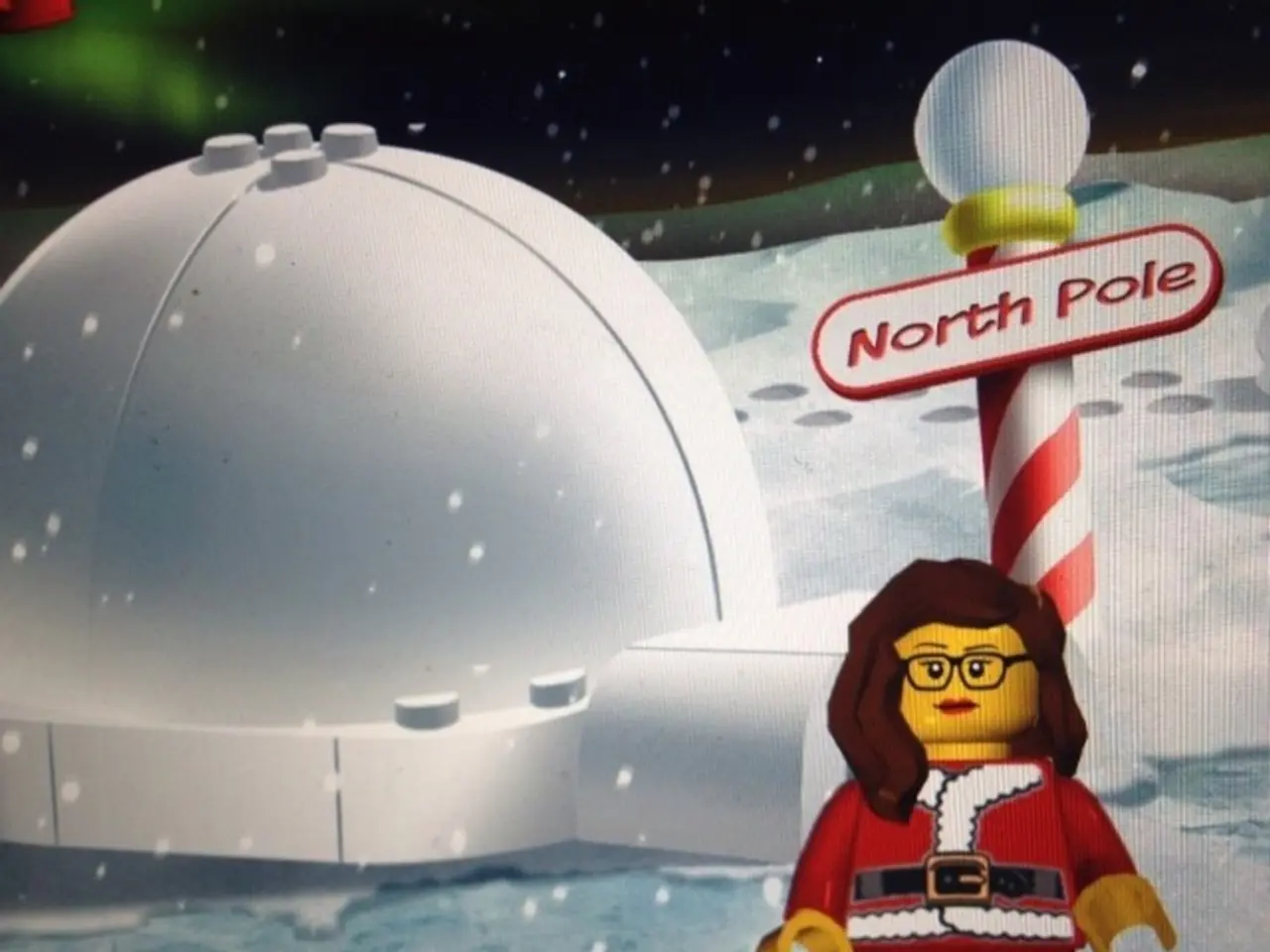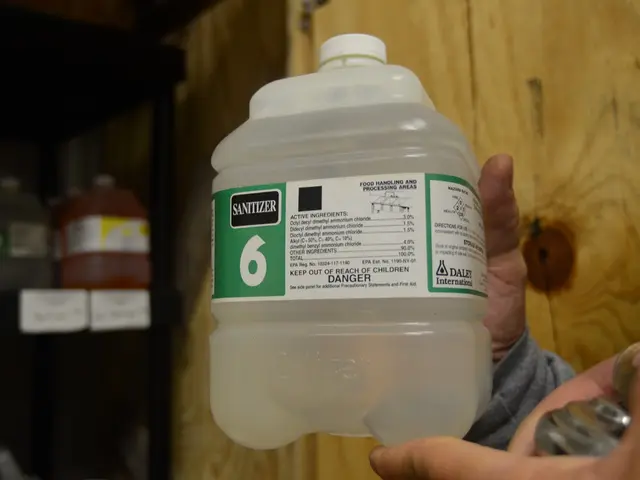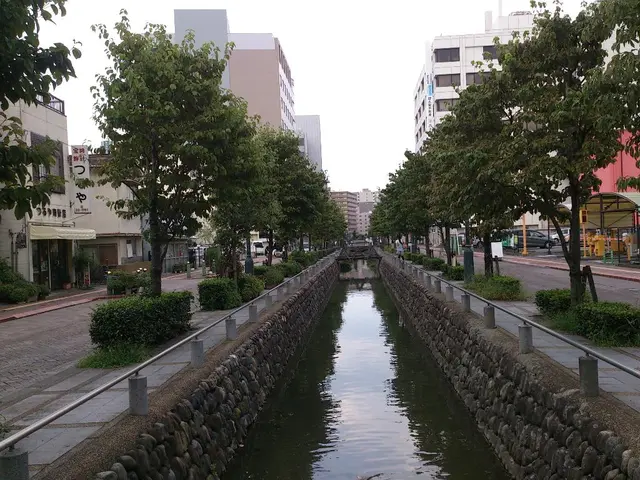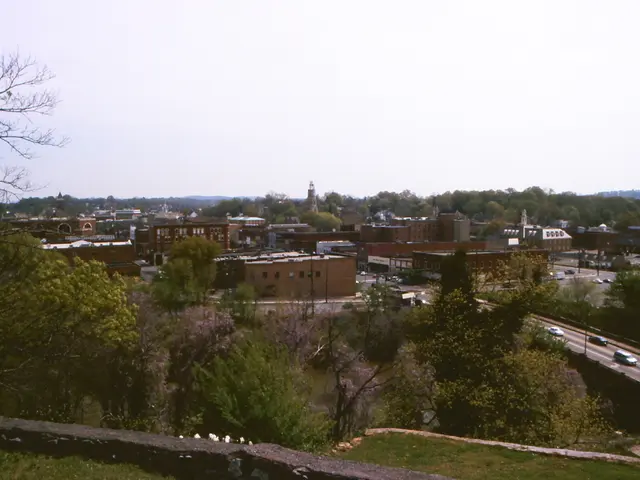Siberian Mass Depressions: Could Bursting Frozen Soil Fissures Be Indicating Climate Alarm?
Siberia's mysterious craters, formed by the sudden release of trapped gases due to thawing permafrost, have become a source of concern for climate scientists worldwide. These craters, up to 160 feet deep, are visual evidence of a dangerous climatic tipping point [1][2].
The mechanism behind these craters is simple yet alarming. As permafrost thaws, it releases methane - a potent greenhouse gas - which can accumulate and explosively vent, causing the ground to burst open [1][2]. Methane has much greater immediate warming potential than carbon dioxide, and its abrupt, localized emission can rapidly intensify global warming [3].
This release of methane is part of a feedback loop that could undermine efforts to limit climate change. As global temperatures rise, more Siberian permafrost thaws, leading to more methane releases, which in turn drive further warming [3]. This vicious cycle could have profound implications for local ecosystems and communities, disrupting the delicate balance of Arctic ecosystems and threatening traditional ways of life for indigenous communities [4].
The research on Siberian craters is crucial for assessing their impact on global climate systems and highlighting the urgent need for climate action. High-resolution satellite imagery allows scientists to track changes in the landscape over time, providing valuable data on the rate of permafrost thawing [5]. Drones equipped with sensors can capture detailed images and measurements of Siberian craters, offering insights into their structure and composition [6].
Permafrost, a time capsule of Earth's history, contains ancient plant materials, animal remains, and gases trapped for thousands of years. As climate change accelerates, the permafrost is beginning to thaw, releasing its secrets into the atmosphere, including methane [7].
The challenges posed by thawing permafrost present an opportunity for innovation, collaboration, and positive change in addressing climate change. Countries with Arctic territories must work together to develop strategies for monitoring and mitigating the impacts of permafrost thawing [8]. The time to act is now to prioritize sustainable practices, reduce greenhouse gas emissions, and protect vulnerable ecosystems.
Raising public awareness about the significance of Siberian craters and permafrost thawing is essential for driving climate action. Educational initiatives can help people understand the science behind these phenomena and the broader implications for the environment [9]. By understanding the connection between climate change and permafrost thawing, we can take steps to mitigate the effects and work towards a more sustainable future.
References:
- NASA - Siberia's Exploding Craters
- BBC - Siberia's exploding craters: What are they?
- National Geographic - Siberia's Exploding Craters: A Climate Change Warning
- The Guardian - Siberia's exploding craters: a warning of a thawing Arctic
- The Washington Post - A new tool for tracking Siberia’s exploding craters
- New Scientist - Drones reveal secrets of Siberia's exploding craters
- The Conversation - As climate change accelerates, the permafrost is beginning to thaw
- Arctic Council - Arctic Biodiversity Assessment
- UN - Raising awareness about the Siberian craters and the Arctic
- The Siberian craters, evidence of a dangerous climatic tipping point, have become a source of concern for climate researchers worldwide, as they are visual reminders of the potential consequences of climate change.
- The abrupt emission of the potent greenhouse gas methane from thawing permafrost, which drives its own release and could undermine climate change mitigation efforts, is part of a vicious cycle, with profound implications for local ecosystems and communities.
- High-resolution satellite imagery and drones equipped with sensors are essential tools for scientists to track changes in the Siberian landscape and gather valuable data on the rate of permafrost thawing, contributing to a better understanding of the impact on global climate systems.
- Raising public awareness about the significance of Siberian craters and permafrost thawing through educational initiatives is crucial for driving climate action, as understanding the connection between climate change and permafrost thawing allows us to take steps towards a more sustainable future.








